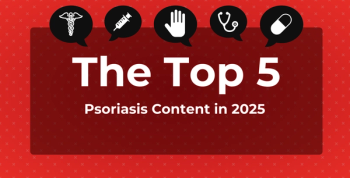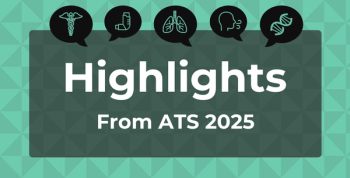
Expert Recommendations for Pegfilgrastim in Chemotherapy-Induced Febrile Neutropenia
Researchers developed additional guidance for using granulocyte colony-stimulating factors to optimize pegfilgrastim use in clinical practices for patients at risk of chemotherapy-induced febrile neutropenia.
Additional trials of targeted therapies, including the use of granulocyte colony-stimulating factors (G-CSF), are needed to optimize pegfilgrastim use in clinical practices, according to a new study.
Chemotherapy-induced febrile neutropenia (FN), a side effect of cancer treatment, can potentially result in fatal consequences. Guidelines currently exist that recommend the use of G-CSF for preventing FN; however, the guidance does not extend to short- and long-acting G-CSF. A
“In November 2015, a group of experts in the management of chemotherapy-induced FN, with experience in solid tumors and hematologic malignancies, convened to develop a consensus document to direct the appropriate use of pegfilgrastim in clinical practice,” the authors explained. “The aim was to establish clear guidance recommendations on the appropriate use of pegfilgrastim for prevention of chemotherapy-induced FN, considering different situations and patient populations encountered in clinical practice.”
The main statements and recommendations of the experts included:
- The prevention of chemotherapy-associated FN is not yet optimal as treatment of FN using G-CSF in clinical practice may deviate from clinical guidelines.
- When the intention of chemotherapy is to cure the disease, maintenance of the planned dose intensity using G-CSF to prevent dose delays or reductions should be the standard of care.
- Pegfilgrastim or short-acting G-CSF should be given for all cycles of chemotherapy in patients receiving chemotherapy or targeted agents with a FN risk of 20% of greater.
- For patients with a FN risk of 10% to 20%, if the factors that increase risks demonstrate that the overall risk of neutropenia-related complications is 20% or higher, the patient should receive pegfilgrastim or short-acting G-CSF.
- Patients with FN risk under 10% should receive pegfilgrastim or short-acting G-CSF if special factors suggest that the overall risk of neutropenia-related complications if 20% or higher.
- Pegfilgrastim should be used if 11 days of filgrastim treatment will not be used.
- Pegfilfrastim may be preferable to 11 days of filgrastim for chemotherapy-induced FN due to the convenience and potential for increased patient adherence.
- Pefgilgrastim is not appropriate for patients who receive weekly chemotherapy due to the lack of clinical trial data.
- Patients receiving split-dose chemotherapy are recommended for pegfilgrastim administration 24 hours after the last chemotherapy dose.
- If G-CSF is needed for maintenance of a treatment dose or prevention of FN in those undergoing palliative treatment, it may be more convenient and provide a greater adherence potential with the use of pegfilgrastim.
- Pegfilgrastim should be continued throughout all cycles of chemotherapy following initiation.
- Additional GCSF trials are needed in the context of targeted and immunotherapies.
- Patients with multiple myeloma (MM) that need G-CSF can be given pegfilgrastim in some instances but filgrastim may have more applications.
- In patients newly diagnosed with acute myeloid leukemia that are receiving induction therapy, filgrastim may be considered, while patients receiving consolidation chemotherapy with the intent to cure may be considered for pegfilgrastim.
- Patients with lymphoma, chronic lymphocytic leukemia, or MM that are receiving targeted treatments, pegfilgrastim or short-acting G-CSF may be considered.
The authors did note that the recommendations should be used as a guide along with current guidelines and are not absolute recommendations.
“The expert panel suggests that the guidance statements in this publication should be used in parallel with existing guidelines to optimize the appropriate use of G-CSF and of pegfilgrastim in cancer patients in clinical practice,” the authors concluded.
Newsletter
Stay ahead of policy, cost, and value—subscribe to AJMC for expert insights at the intersection of clinical care and health economics.








































